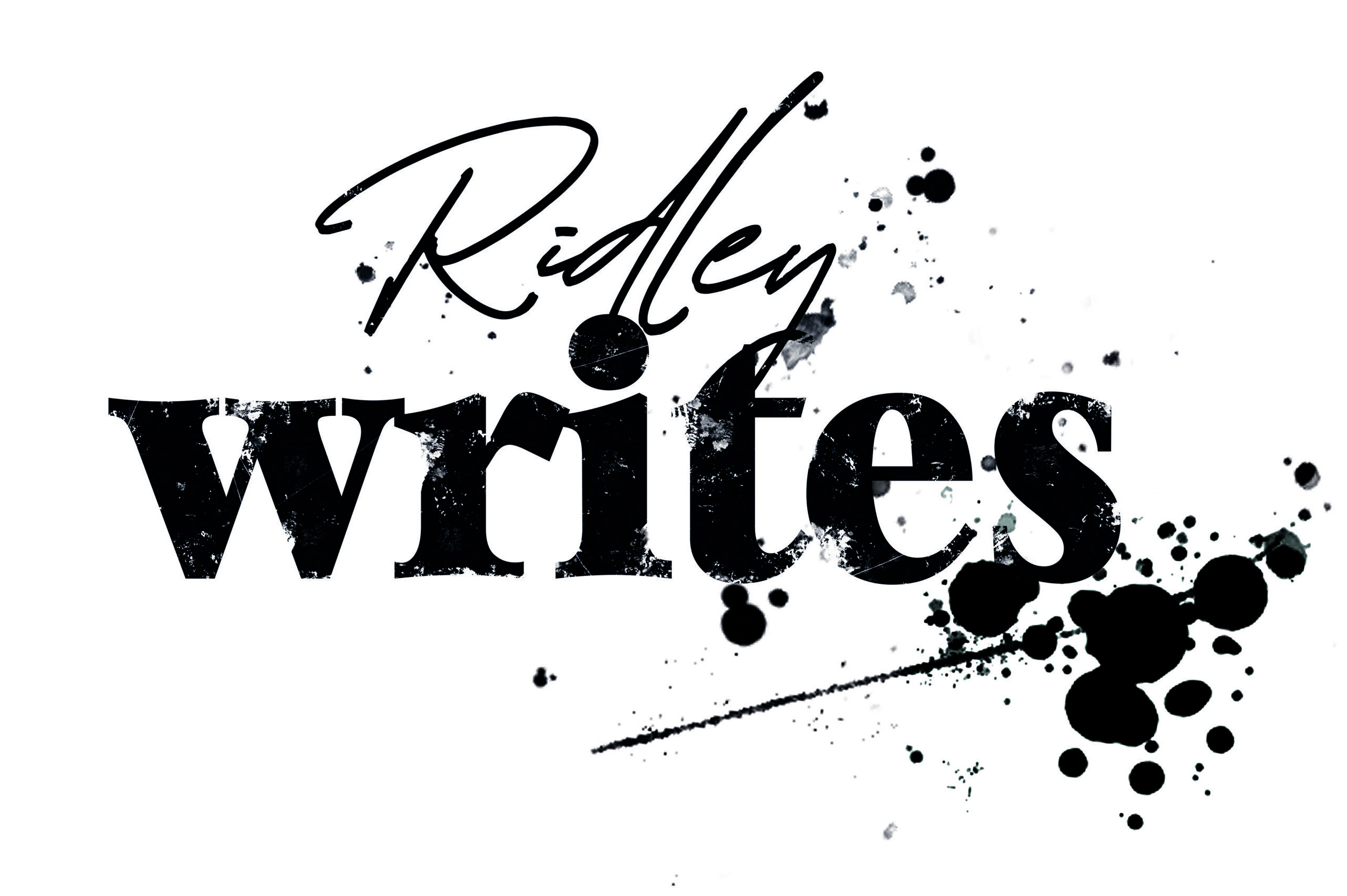What is ‘exposition’? The dictionary defines it as: “the act of expounding or setting forth information or a viewpoint.”
In our creative writing exposition is: “a literary device that is meant to relay background information about a main character, setting, event or other element of the narrative.”
Put another way, it’s something you do to tell your readers stuff they need to know about the story for it to make sense.
Most of us are familiar with the lived writing reality of falling into the mire of ‘too much’ of this kind of telling. It is treacherous, swampy territory. Too much exposition gets in the way of action and slows your story down. Not enough and no one knows who or where your characters are and what they are doing there. It’s a balancing act, that’s for sure.
Avoiding the swamp
There are heaps of ways of learning about and doing exposition well, but here are a few quick ones I wanted to share with you.
Firstly, you don’t need to describe everything all at once and at the beginning of the story/section/chapter. Think about your writing as a pencil sketch. A little something here at the opening, then ideally some action, some movement. Your character, doing something. Then you can drop in a few more pencil marks about the location or another narrative element. Keep us moving as breathlessly as possible from one paragraph to the next, cutting between description and action.
This is also true of characters. We tend to want to describe them straight off. Often painfully so because we’re lured into describing them by their eyes and hair colour, possibly the shape of their face. I’ll talk more about character descriptions in future posts but for now, know this: You don’t have to describe all the characters the first time we meet them. In fact, if you do it later when we’re deeper into the action of your story, it can feel more fluid and fluent. We take the information in as a by-product; we’re less aware we’re doing it. It feels smarter. Kapow.
A word on exposition and non-fiction
My last note is that exposition isn’t just related to fiction. Non-fiction writing is often marmalade-packed with information. It can feel dense turgid, the kind of writing that switches our brains off. But again, the secret remains the same: it’s all about spacing and pacing. What does your reader need to know upfront? How could you break down the information you need to share and intersperse it with other non-fiction devices (more on this anon, too)?
